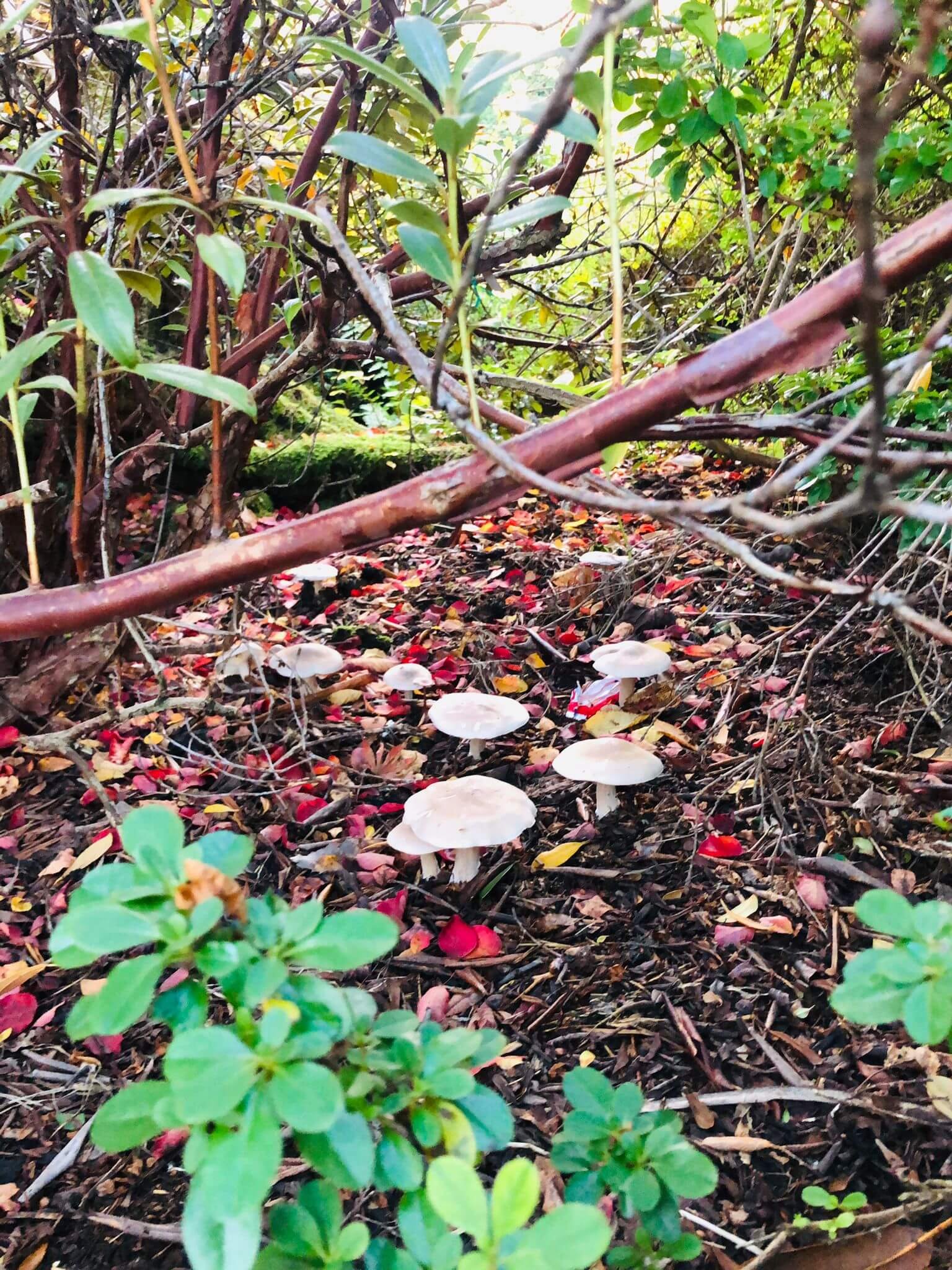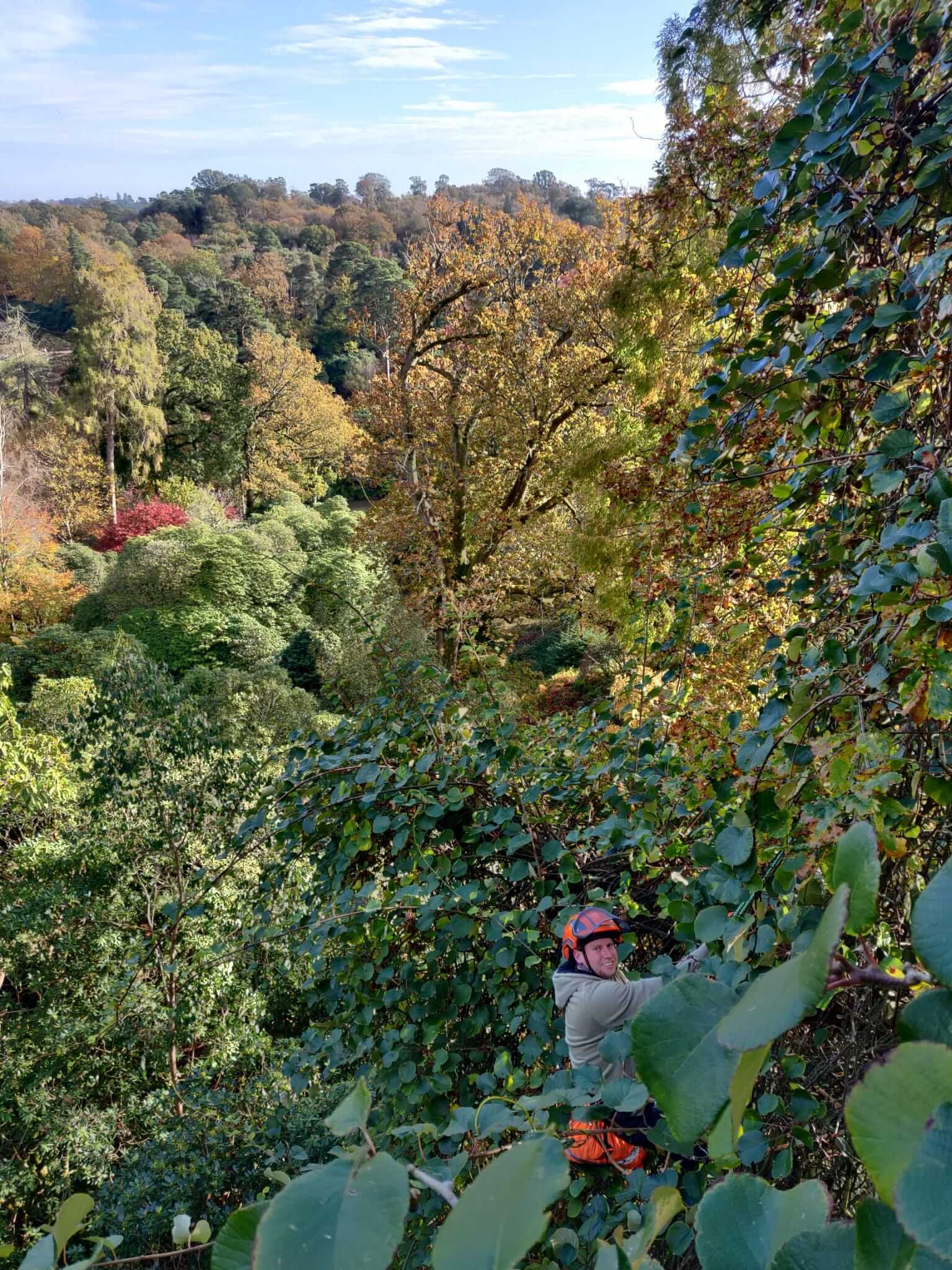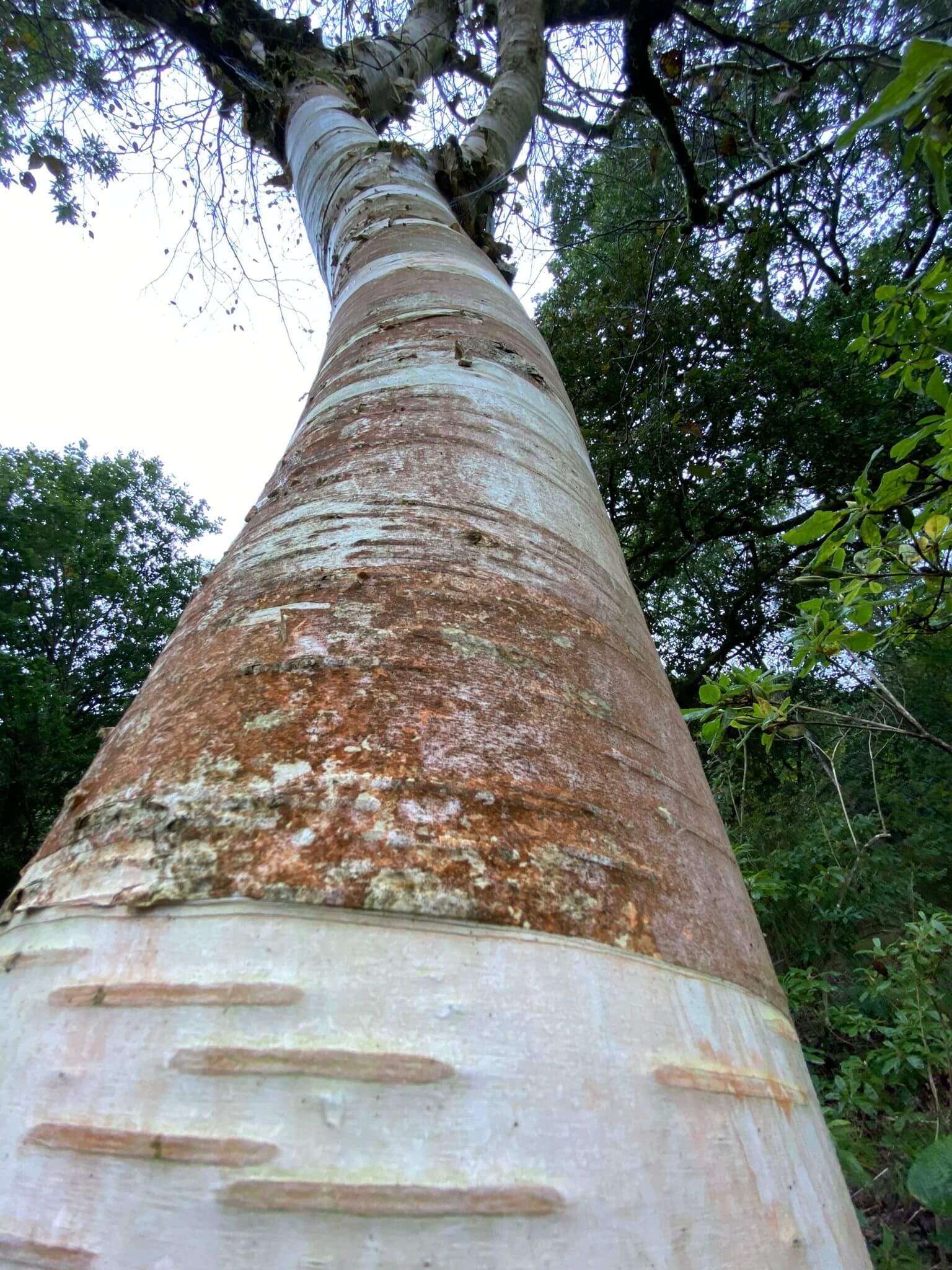Foraging in the Gardens
Within the mystery of our ever-changing gardens comes new exciting items to forage for Michelin star Restaurant Interlude. Here are three of our favourite items to forage during autumn and winter.
Mushrooms
Fungi is an incredible vegetable given to us by the gardens. When seeing these magnificent mushrooms throughout our gardens it is important to know which are edible and which are poisonous as they can resemble the same.
When they are not foraged and used in our Michelin star Restaurant Interlude, mushrooms serve as food for our wildlife within the gardens.
Please do not pick any mushrooms found within our grounds, please leave this to the team at Restaurant Interlude.
Playing an ecological role, fungi can transform organic matter into forms that can be utilised by other decomposers and into food for plants. Mushrooms can be found in many different areas from growing on trees to decomposing leaves as well as soil and compost.
Mushrooms are able to feed off the dead or decaying matter to give them substance and can be found among dead leaves on the forest floor. They require the perfect climate, a mixture of a crisp cooler climate with the right amount of moisture.
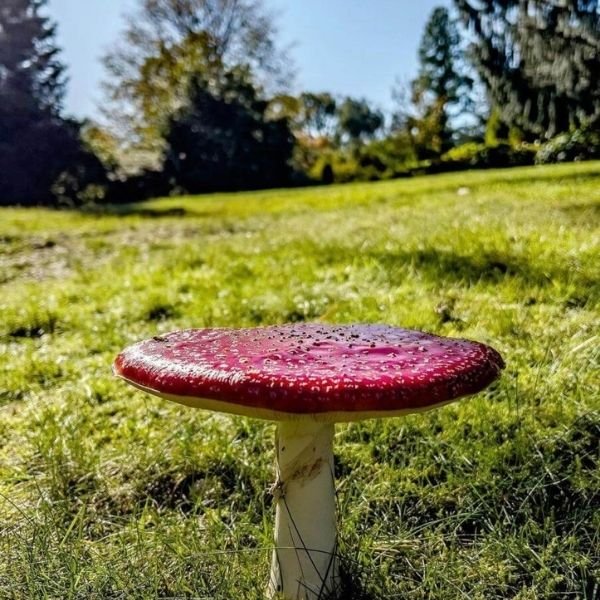

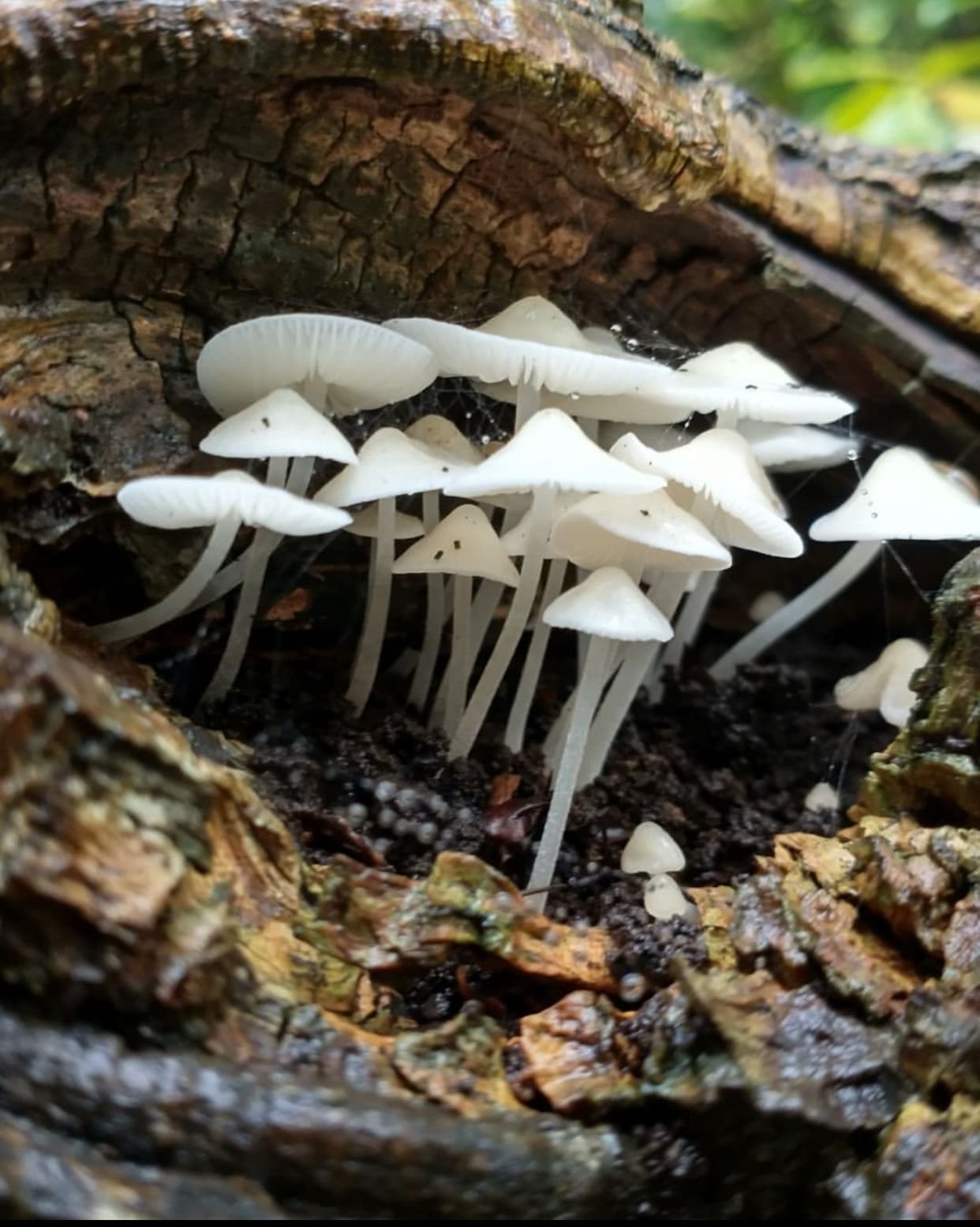
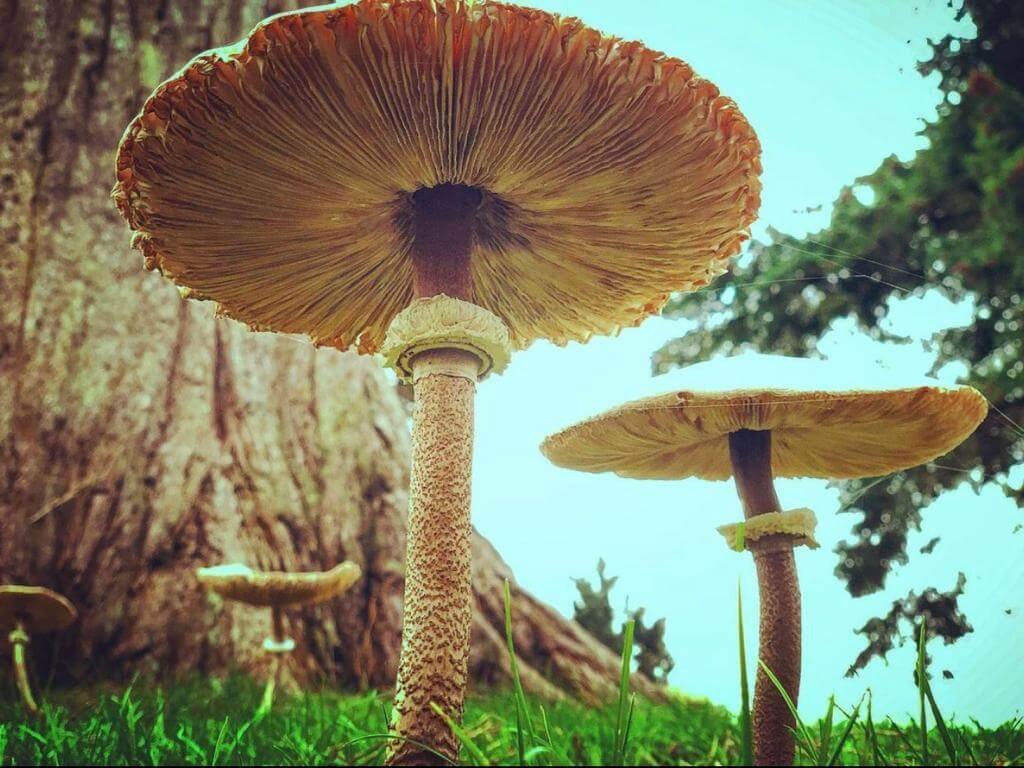
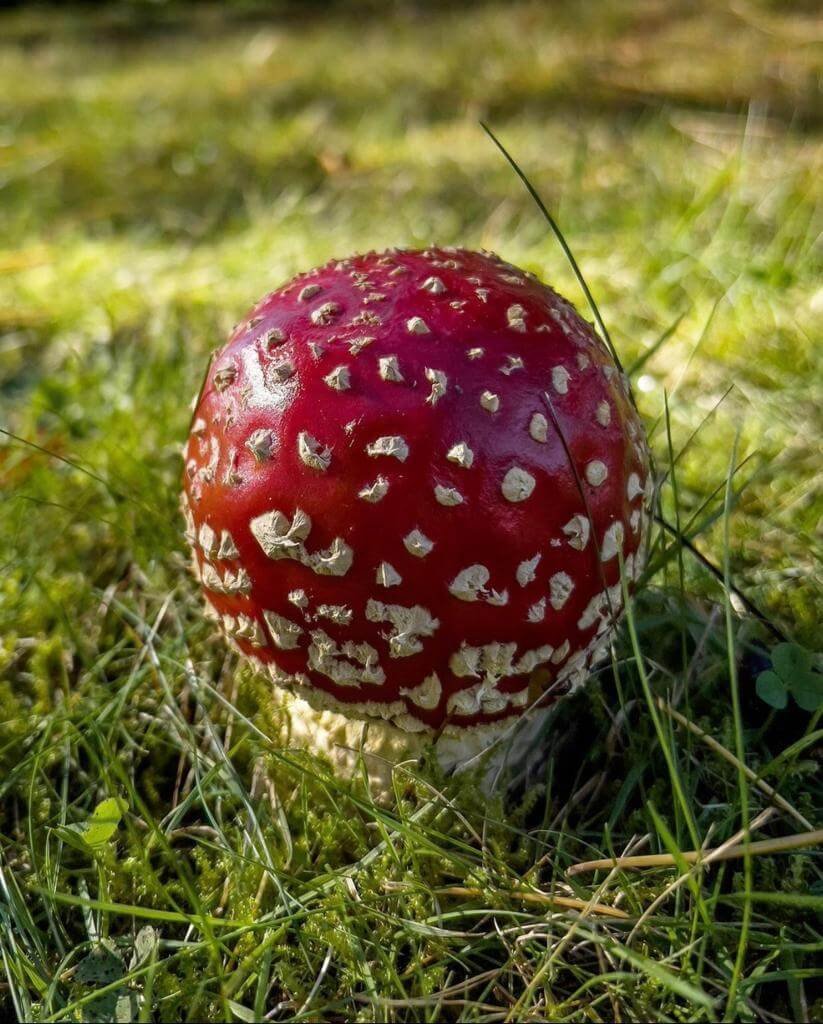
Wild mushrooms disappear during dry weather and improve when moisture returns. Moisture can be easily lost as mushrooms do not create a skin, making mushrooms need a high humidity to avoid losing water. If the atmosphere for a mushroom is too wet the mushroom itself can essentially 'drown’. Wild mushrooms sometimes aren't visible as they grow under dead leaves.
With a cool environment around 20 °C, mushrooms are able to flourish. However, with wild mushrooms they are less finicky when it comes to the temperature as they can form mycelia which are the threads in the fungus body. The mushrooms form their spore-bearing fruity body or visible parts when temperatures reach between 10 °C - 21 °C.
Look out for the Chicken-of-the-Woods fungi found near the Coronation Garden.
Kiwi Fruit
Along with our famous rhododendrons, wallabies and vineyard, Leonardslee is also home to an ancient kiwi vine growing on a giant oak found along top walk, near the Loderi Garden. This autumn our tree surgeons and gardening team have been busy swinging high above as visitors pass by to harvest 50kgs of the fruit to be used in our Michelin star Restaurant Interlude.
Though they might be smaller and a bit more sour than traditional kiwis found in your local grocery, they can be made into exciting new dishes to experience.
These delicious, little fruits are used to make juices and curds for Restaurant Interlude. Sous Chef, Ruan Pretorius says that the size and taste is due to the high canopy and sun not being able to reach the kiwis under the canopy leaves.
Fun Facts: Kiwifruit was named after its uncanny resemblance to the ‘fuzzy brown kiwi’ New Zealand's National Bird.
Kiwi-fruit is a fast-growing plant, that needs plenty of space and a sheltered, sunny position, this is a self-fertile cultivar to ensure a good crop. Kiwifruit is a very versatile fruit that contains many different vitamins. It is known that kiwis contain about as much potassium as bananas and a high amount of Vitamin C (even more than oranges!). It is also rich in Vitamins A and E, flavonoids and minerals. The kiwifruit actually has twice the Vitamin E of an avocado. Also, kiwifruit has a high fibre content.
These plants start fruiting three or four years after planting. Hardy varieties are easier to grow in the UK and ripen during autumn. When ripe, they should give slightly when gently squeezed, although they may take several weeks to reach this stage.
Birch Trees
Birch trees belong to the genus Betula, in the family Betulaceae, which also includes alders, hazels, and hornbeams. The genus Betula contains 30 to 60 known taxa of which 11 are on the IUCN ( International Union for Conservation of Nature) 2011 Red List of Threatened Species.
Brich tree tapping:
The process of tapping a birch tree is to be tapped while it is still a little chilly out, the best time would be before the leaves appear this would be around the second week of March. Allowing for the sap to drain freely.
When tapping the tree we make sure the sap is draining well by making a small cut in the tree with as little damage as possible. Once we see that the sap is flowing freely, we drill a small hole to get a pipe in the tree. We make sure the pipe is fitted tightly so we have any sap pouring out the side. Then we let the sap drain into a bottle or bucket.
The sap is rich in proteins, minerals and vitamins and has natural antioxidant properties making it a go-to health drink. The sap is gluten-free and vegan friendly as the sap can also be made into a sticky syrup.
There are two main spots in the garden where Executive Chef Jean Delport and his team tap birch trees, the first along Lakeside Walk which goes through the Deer Park along New Pond. The second location can be found further into the Deer Park, up the valley towards the boundary line.
These are not the only interesting things to forage, see if you can find some of our berries though out the gardens such as sorbus berries and early holly berries. Snap a pic and tag us on social media with what you find!


